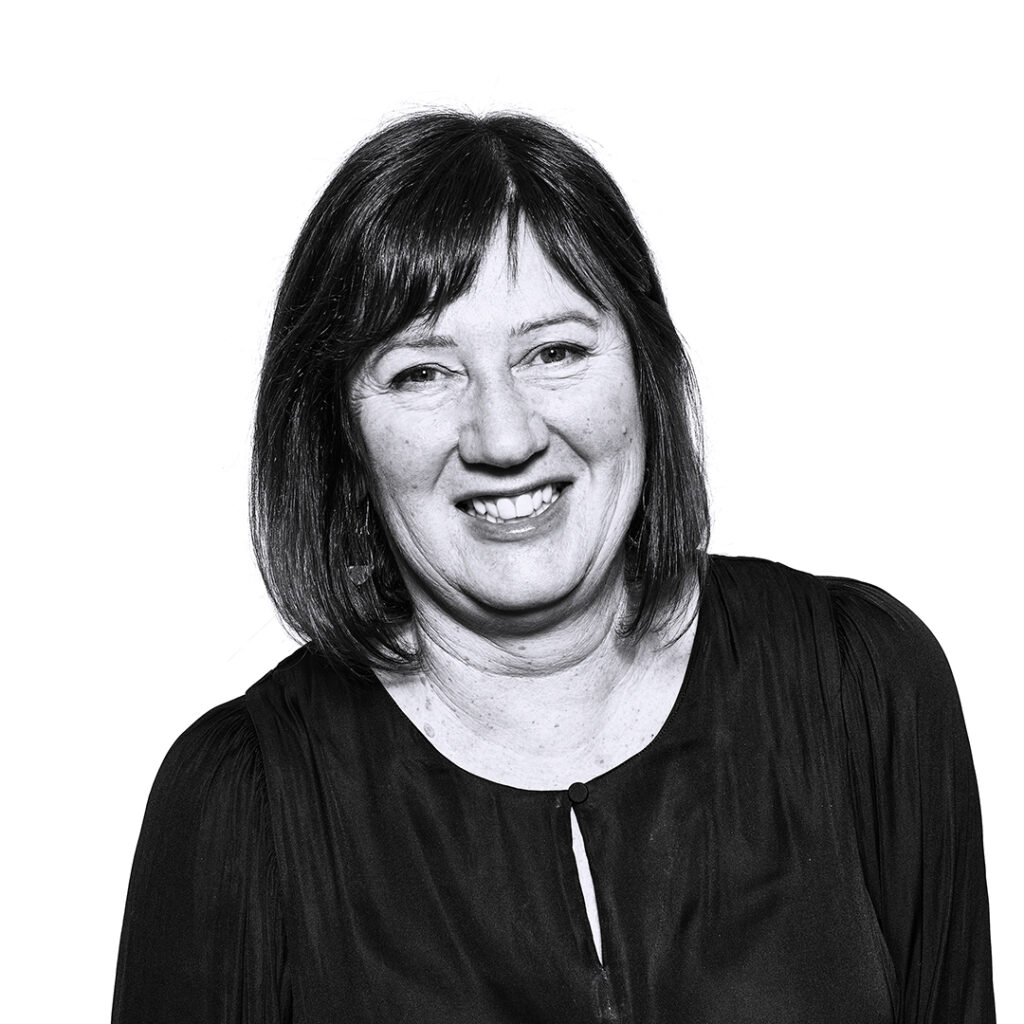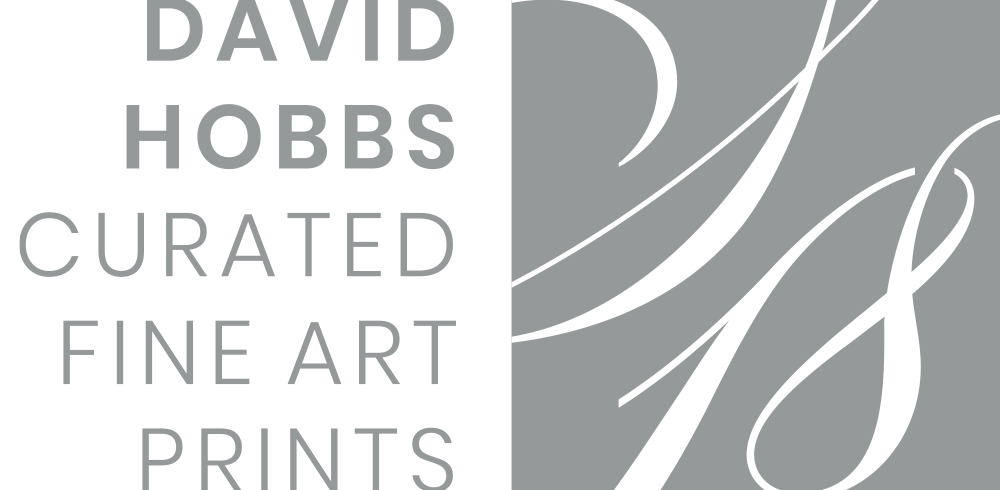Karen Waller
Artworks available
About Karen Waller

Karen Waller is an Adelaide based photographer and artist, who explores a range of subjects and genres through her work. These include portrait, landscape, nature, and aerial images. A childhood spent in rural South Australia, has been significant to Karen’s sense of aesthetics and subject choices. Importantly, her appreciation for the natural world formed when she was young. She studied visual art with a painting focus following her secondary education. Karen transitioned from painting to photography as her chosen medium and continues to draw upon her painting background in the creation of her photographic images.
“In my work, I aim to capture opposing themes and the relationship between the two. Strength and vulnerability are often explored in both my portrait and landscape imagery. In my portrait work, I aim to create images which elicit a visceral response from the viewer as they connect with the humanity of my subjects. Exploring ideas around fragility, loss and vulnerability are themes that continue to be at the heart of my creative process. I aim to find a balance between the metaphorical darkness and light both in portrait and landscape images. I search for landscapes which challenge traditional concepts of beauty and use these places to reveal the unobserved in our everyday surroundings. Through my work, ultimately the aim is to challenge the viewer and their perception”
Karen was a member of the former AIPP (Australian Institute of Professional Photography) from 2012-2021 and was recognised as a Master Photographer. She won numerous awards and the title of South Australian AIPP Epson Portrait Photographer of the year in 2012, 2014, 2016 and 2017. Some of her significant achievements include being a National Photographic Portrait Prize finalist in 2020. In 2022, Karen won the Portrait Story category in the International Portrait Photographer of the Year. She also won the People Category in Capture Magazine Mono Awards 2022 and was a finalist in the Portrait Category in the HeadOn Photo Awards. In the Australian Photographic Prize 2023, Karen won the two portrait categories and the Print Photographer of the Year 2023.
Living in numerous county towns and regions in South Australia during her childhood, Karen developed an appreciation for nature and the environment. These themes often inform her work and subject choices today. This connection with nature has seen her develop her landscape work in recent years. Having recently added the genre of aerial photography to her repertoire, Karen returns regularly to explore and capture the many salt lakes on Yorke Peninsula.
Following high school in Minlaton on Yorke Peninsula, Karen completed a degree in Visual Arts at the University of South Australia, majoring in painting and drawing.
She later became interested in photography and studied at the Centre for Creative Photography in Adelaide.
How long have you been a photographic artist, and what was the journey you took to get to where you are today?
My journey began from a young age as a child of the 1970’s who attended seven primary schools throughout towns in rural South Australia. It was this childhood which provided an opportunity to explore the world with great freedom. It was during my childhood when I developed a deep appreciation of nature and the environment. It was also the people in those places who deeply resonated with me. I grew up loving to draw and paint and was aways encouraged and supported to do so by members of my family. I finished secondary school and studied visual art, majoring in painting.
I had a taste of photography during university, but it wasn’t until a few years later that I became obsessed with a Polaroid camera. I loved the instant gratification it provided as the image emerged magically before my eyes. I also loved the ability to manipulate the chemicals and alter the result. Over time, I wanted more control over the image and bought an SLR camera. It was in the early 2000’s that I had a darkroom at home and furthered my study at the CCP in Adelaide. I then moved into the digital photography to create my work. I was a long-term member of the former AIPP and though this organisation, developed my skills both technically and creatively. My work has changed and evolved during my career as a photographic artist. The themes I am drawn to are often portrayed across a variety of genres including portrait, landscape, and nature. I am interested in the passage of time and capturing opposing themes to tell stories of darkness and light or strength and vulnerability.
As part of Select 18, could you speak to your relationship with the printed photographic image, and the collaborative process you undertake when printing with David at Master of Prints?
The printed image is important because it is the tangible culmination of the development of an image. It is something that we can physically touch and through the print, reveal the depth of details which may not be seen on a screen. It is bringing an image into existence once printed. As a print, it is something we can enjoy in our living space.
I have a long creative relationship with David who has printed my work for over a decade. My relationship with him is important for a few reasons. Firstly, he understands who I am and the stories I am seeking to express through my work. It is through this relationship, and his empathy toward my work, that he can create and capture the nuances within every printed image. Secondly, David is passionate about the artists whose work he prints, b ringing their work to life. His role in the creation of the printed image on behalf of the artist, and the collaborative process, is where he derives his greatest satisfaction. His printing advice, around the choice of paper for example, is invaluable because these are the decisions which play an important role in telling the story in the image. As the recent overall winner in the Print Category in the Australian Photographic Prize, my success is testament to David’s vision and his ability to produce outstanding prints.
What do you see as the future of your photographic art, both within the Select 18 collective, and beyond?
I hope that with my involvement in the Select 18 collective, that my work will be seen by a new and wider audience. Ultimately, I would love to see more of my fine art prints being purchased by clients who see my work through this collective of diverse photographic artists. This collective provides an opportunity to share my work and to keep it fresh by changing the images presented to the audience. This collective also presents an opportunity to be involved in more exhibitions with this cohort of creatives. It is exciting to see David’s collaborative vision of a come to fruition.
